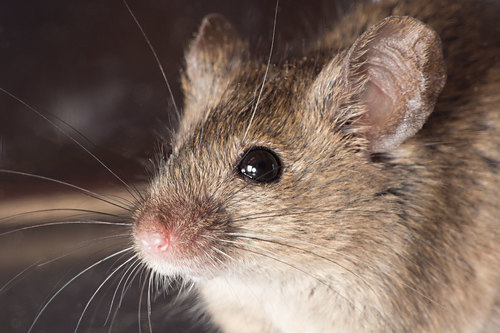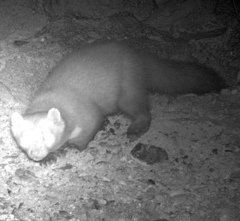House mouse
Mus musculus
Mammalia Mus musculus, commonly known as the house mouse, is a small mammal of the order Rodentia. It is one of the most successful mammalian species worldwide, adapting well to various environments, including urban and rural settings in the Comunidad Valenciana.
Characteristics:
- Typically has a small, slender body with a length of about 7.5 to 10 cm, not including the tail, which adds another 5 to 10 cm.
- The fur is generally short and light brown or grey, with a slightly lighter belly.
- The ears are large and rounded, adapted for keen hearing.
- Muscles are well-suited for climbing and running, which aids in their survival and dispersal.
Diet and Behavior:
- The house mouse is omnivorous, feeding on a variety of foods available in human settlements, such as grains, fruits, and leftover scraps.
- They are primarily nocturnal creatures but can also be active in the early morning or late afternoon.
- Known for their curious and active behavior, they have a high breeding potential with frequent reproduction cycles.
Ecology and Adaptation:
- Mus musculus has adapted remarkably to live in proximity to humans, making it a common sight in homes, fields, and even in urban centers of the Comunidad Valenciana.
- This species plays a role in the ecosystem as both a prey item for natural predators and as a competitor to other small mammals.
- Despite being considered a pest due to their damage to crops and food storage, they are also valuable as laboratory animals in scientific research.
Due to their adaptability and ubiquitous presence, the house mouse is an integral part of the fauna in the Comunidad Valenciana, and they continue to thrive in this region.







